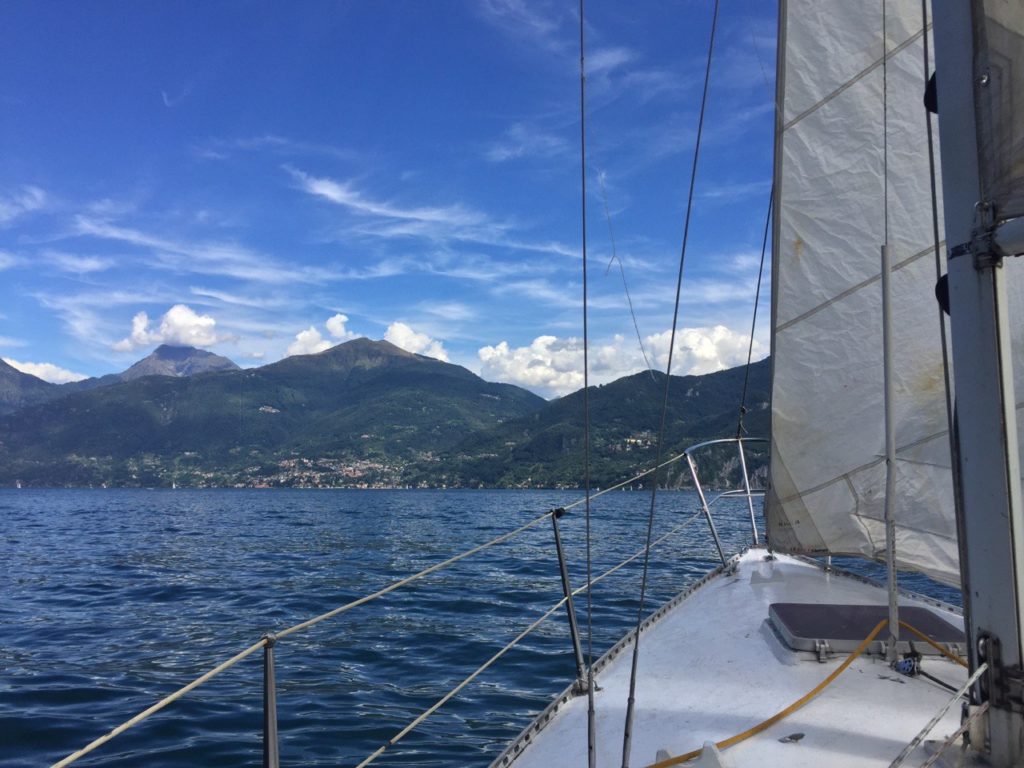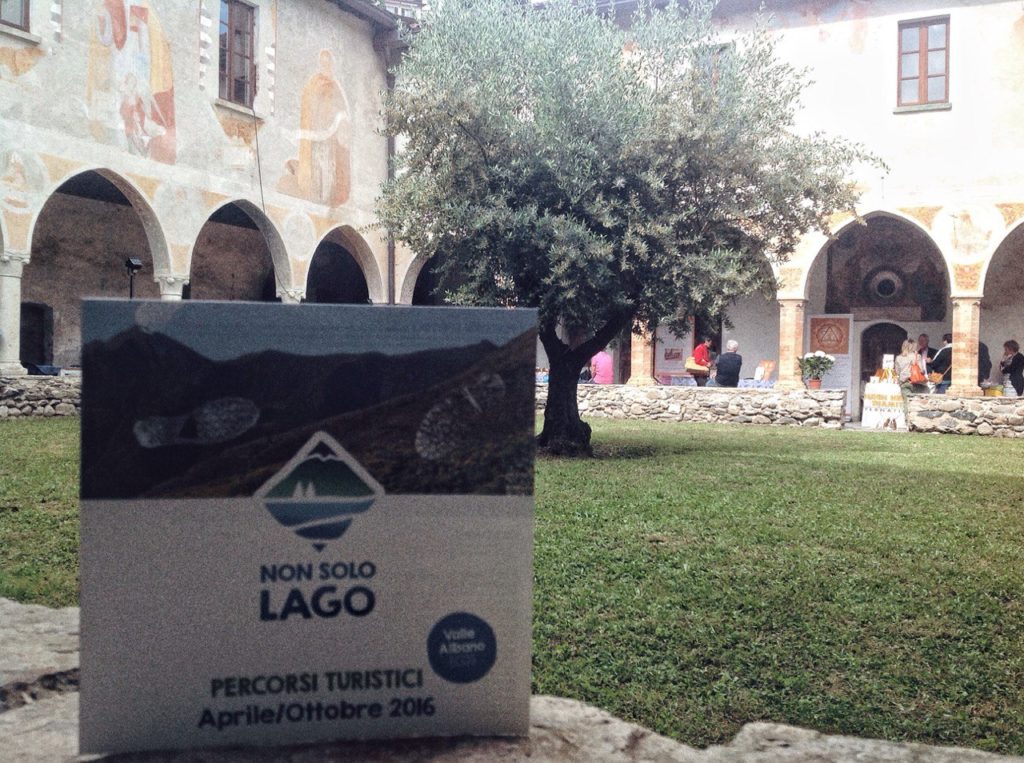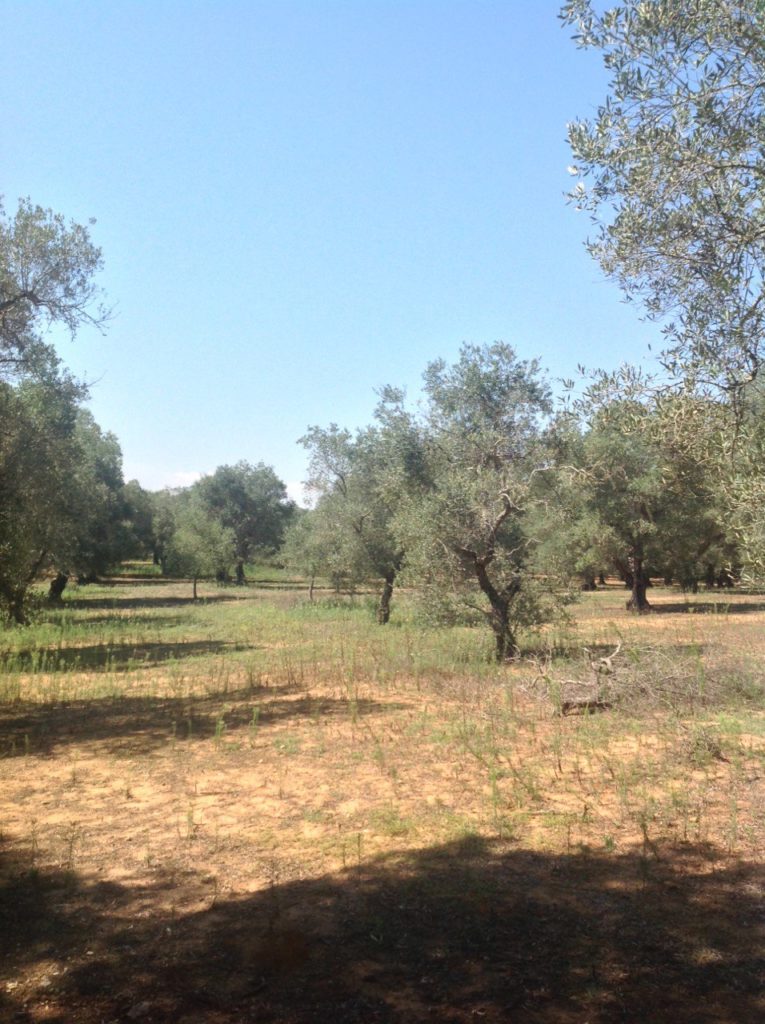Sustainable tourism: the theory
Welcome! Today’s topic is “Sustainable tourism: a bit of theory”
In this article I will try to explain the basis of the theory behind sustainable tourism. I will therefore give an overview on the basic approach with some examples of how to understand the theory more easily.
Keep reading not to miss out on the three main dimensions of sustainable tourism; you will learn some practical examples of how to apply the sustainable approach to tourism.
According to the World Tourism Organisation, tourism is sustainable when it fully keeps into consideration the present and future economical, social and environmental impact on the territory meeting the needs of the visitors, the tourism industry, the environment and the host communities.
The question becomes: “how can we interpret and make this definition more practical?”
A sustainable approach to tourism always needs to take into consideration three areas of interest: environment, society and economy.
Digging a little deeper, tourism that destroys the environment cannot be considered as sustainable; tourism that creates inequality among inhabitants and guests is not acceptable and tourism in the hands of few international intermediaries does not bring improvement to the hosting territory.

Environmental Sustainability
What does it mean to destroy the environment?
There can be different levels to the matter and I will list them from the gravest to the simplest; from the ones that have to be taken on by the public sector (municipality, province, region, state, Europe) to the ones where we can all make a difference as citizens.
- sacrificing natural habitats to infrastructures creates environmental destruction;
- cutting trees uncontrollably to build resorts, houses and buildings;
- increasing land consumption (strictly connected with destroying forests and cutting trees), especially where it would be possible to requalify pre-existing buildings.
These first three cases are necessarily to be dealt with by the public sector; the citizens can, however, make their opinions known and can remind the public sector of its duties when needed.
- building new buildings (on a private level; the public sector should encourage good practices) without paying attention to new technologies and new tools that allow reducing the building electrical, thermal, air, water and soil pollution.
- managing an office, a building (private level), but also a destination (public level) without applying or introducing new practices that allow reducing the impact on our environment is not sustainable.
Tourism generated from these cases should not be able to be considered sustainable.
Let’s now talk about the positives, the things a destination should improve to be able to assert it is a sustainable environment wise:
- simplify and encourage the restoration of pre-existing buildings and protect the ancient infrastructures, as old railways;
- improve and increase public transport by also encouraging its use by both tourists and locals;
- incentivize the use of means of transport different from private cars, like bicycles or even just walking;
- analyze and monitor the needs of the local communities first and of tourists second. Many times the two things will correspond.
- guarantee the conservation of resources such as water, restricting the private use;
- organize the separate collection and monitor the behaviour of the company the municipality appoints to take care of it.
To be considered sustainable a destination has to pay attention to many aspects, I have mentioned just a few as examples, but I am aware that there would be more to be said. However, this article only aims to provide an overview of topics that can be later examined in more depth. These necessities are many, but it is fundamental to know them if we want to to talk about sustainable tourism in a destination; professionals can in fact only reach a certain degree. And the same could be said vice-versa: a destination on its own, without motivated operators
following this process, the result that is generated is just a half.
What makes tourist activities (e.g. hotels, excursions and restaurants) environmentally sustainable?
- The simplest and best thing is to start by renovating an existing building;
- develop, gradually, a management plan that provides, starting from the initial status of continuous improvements that can be monitored and measured over time. The activities included under the environment section in the management plan, for example, are water, energy (light, reception and fan operation), gas (heating, kitchen fires and hot water), food and garbage management, monitoring CO2 emissions.
- The conscious use of renewable and non-renewable energy, reduce the need for non-renewable energy and transformation of non-renewable in renewable energy.
Energy from renewable sources is not 100% clean.
There are very different cases and studies that show what the impact of renewable is. Still, if we compare it to the effects of non-renewable sources, the level is non-comparable. Often there are critics that renewable is not entirely positive, and it is true. If with non-renewable energy sources, we are 10 on an impact scale of 1 to 10, with renewable, we have an impact of 5-6.
We, operators, should always work with a reduce – reuse – recycle approach:
- the first step to do it is to reduce our energy needs (taking as an example a source of electricity);
- the second step is the reuse, for example, the rainwater which we complain a lot about on Lake Como area can be stored and reused when we have to water the gardens (of the hotel, of a restaurant, of a dealer of all situations that require it). Also, some categories of water that can be reused. It is essential to know that depending on the potability and the chemical agents with which the water comes into contact, and there are levels of reuse available. For example, the water can be used for some washing and cleaning of outdoor instruments.
- Recycle, the third good practice that must arrive third, first reduce, then reuse, then if there is nothing else to do recycling. Recycling is the third point, so after trying to reduce, after having used again, the time for recycling arrives.
In the office, we have to use a massive amount of paper in all the companies (tourist and not). Although this paper can be reused on one side or the other, for example, at some point it will have to be thrown away, and then it will be useful to recycle it.
Another activity that often involves recycling is cut grass, and this can also be “recycled”, give me the term, in compost. The grass cut becomes a natural fertiliser that will help our gardens and our outdoors to flourish even better by reducing the use of chemical fertilisers.
In the case of excursions providers, the activities that indicate a predisposition towards sustainability are:
- follow what we’ve said so far regarding the office’s best practices.
- I would add encouraging the use of public transport. There are very few realities that apart from writing “you can reach the location with …” actually do something to incentive the use of public transport. Surely in this historical moment during summer 2020 is not something that people will want to hear, but in reality, it usually is very important to always highlight public transport.
- Alternative transport on foot, by bicycle, by scooter as it has now become very fashionable.
- The itineraries of a sustainable tour operator should be done exclusively on foot or by bicycle, if the territory allows it, not electric bicycles, but rather classic.

Social sustainability
Sustainability at the social level is to be coordinated above all by the destination, but there are some things that we operators must also be careful about or if the destination is not sufficiently able to manage this type of activity report us, insist on us.
The first point, which sometimes makes me smile because it really can be really complicated, is to involve the residents in the design of the destination. I think there are very few realities that succeed in this: very few destinations, while there are many that are trying.
The fact is that involving citizens without a direct interest in the tourism sector is very complicated because people are poorly motivated; involving tourism stakeholders is simpler, but the result is necessarily different to the social objective you are trying to achieve.
From the social and cultural point of view, another important indicator of sustainability is the fact that the residents do not have negative impacts due to the tourist vocation of the destination.
It is essential that security and access to the whole territory are always guaranteed to residents.
Another factor is that all activities that increase during the tourist season should guarantee a minimum of life even during the non-tourist season.
In this case, I speak as a person who grew up in a small village of two thousand inhabitants where you could see the difference between the seasons: during the summer restaurants, bars, open services, while the desert of the Tatars during the winter season. It may seem foolish or trivial, but it does not well predispose the population that does not have a direct interest in tourism.
The negativity of the classic tourist seasonality also depends on the fact that during the summer period if we actually have an increase in visitors and an increase in business activities, we have a different situation at the level of people in the area and it becomes necessary to better manage this increase. The risk of negative impacts on residents increases with the increasing number of visitors.
We do not want, for example, to have spaces reserved only for tourists (negative social impact) or to have an increase in rubbish that cannot be managed, lack of water and privileged hotels compared to private homes. There are a number of situations like these that need to be managed in the best possible way to ensure that the impact on residents is positive and not negative.
Inclusive or accessible tourism
Special mention should be made here of inclusive or accessible tourism. This topic is generally treated separately as a type of tourism, as often the characteristics highlighted by professionals, statisticians and operators of these guests are:
- 127 million people with “Access Needs” in Europe of which 10 million in Italy.
- Multiplier factor x2 (these customers never go on holiday alone but with relatives, friends and travel companions);
- tourists who take more than one holiday every year and more than 10 days.
- Potential 20% increase in annual turnover (national GDP/company turnover)
(data from Project for all https://projectforall.net/quanto-vale-il-turismo-accessibile-i-numeri-del-mercato/ )
There’s a lot more to consider. The fundamental theory of sustainable tourism is totally focused on the destination and the local community.
These fundamental theories have often originated in the international arena, but they are wrong to include only marginally the inclusiveness and accessibility of operators and also of territories. A territory accessible to all (without architectural barriers, with public transport suitable for people with mobility difficulties or impossibilities, with indications comprehensible to all through Braille language and sound communication) is a territory that acquires well-being for its permanent and temporary residents, is a territory that does not discriminate, but listens to the needs and becomes operational.
If at the basis of sustainable tourism we have the welfare of the local community understood as:
listening to the needs and requirements of residents that often coincide with those of tourism; protection and conservation, as access to places and resources must not decline because of tourism; involvement in tourism planning.

Economic sustainability
The third dimension is the economic dimension; in this case, both the operators and the destination must cooperate in the best possible way:
first of all, the destination should indicate what the direct and indirect contribution of tourism is, measure it and make it public.
This attention also helps, for example, to facilitate the possible negative impact that some tourist choices, some misconceptions of the destination’s operators have on residents. The residents can forgive some mistakes when positive economic results mitigate the error.
The destination should encourage and support development and careers in tourism.
Operators should consider local employment as equal to the international.
Operators are also asked to contribute to training, economic growth and responsible local community through employees and to ensure responsible work in a safe and secure environment, providing fair and equal wages.
In response the destination is asked to support operators in this; also economic actors support initiatives of the territory in particular related to non-profit and local infrastructure.
Last but not least, the destination should encourage the maintenance of tourism spending in the local economy, this through support to local businesses to sustainable supply chains and investments.
These last considerations on the economic part related to sustainability arise from the studies carried out with the Global Sustainable Tourism Council. In my opinion, this part is fundamental because they highlight how important it is to have profit and income both at destination level and at the level of operators working in the field of sustainable development within sustainability.
In Italy, as mentioned earlier, one of the common mistakes we make is to consider sustainable tourism as a solidarity act. In reality, the two things are very different and this part is the clear example that shows this.
Here are the three actions to do to assess your results if you are already on the path towards sustainability or what to start.
Please tell me what you are doing:
- What are you doing about the environmental impact?
- What are you doing for economic impact?
- What are you doing for social and cultural impact?
My examples
- The thermal system is managed to make the heather system of the rooms more autonomous (environmental impact);
- I am restoring, not alone of course, the hoteliers’ association, and we are expanding to include other economic actors such as the commercial one which has a stable link with the tourism sector (socio-economic impact);
- finally, we are collaborating with local people, operators and producers to involve a more significant part of the community (economic impact).
- One more example is about Slow Lake Como, regarding the economic impact we are at a good point: all our activities always involve local producers and collaborators. Slow Lake Como collaborates with them organizing visits and using their products as our tastings, as our baskets.
What do you think about points I just finished sharing? Did you know this is the basis of sustainable tourism? What do you think? Write me a comment here and if you have any questions don’t hesitate in the comments or via email. I’m always happy to answer.
Sara – tourism sector consultant
PS. Do you want to GROW your business with POSITIVE impact… without huge investments? Sign up for the email list by clicking on START HERE!
Or click this link https://www.sustainabletourismworld.com/start-here/ to download my INFOGRAPHIC!
